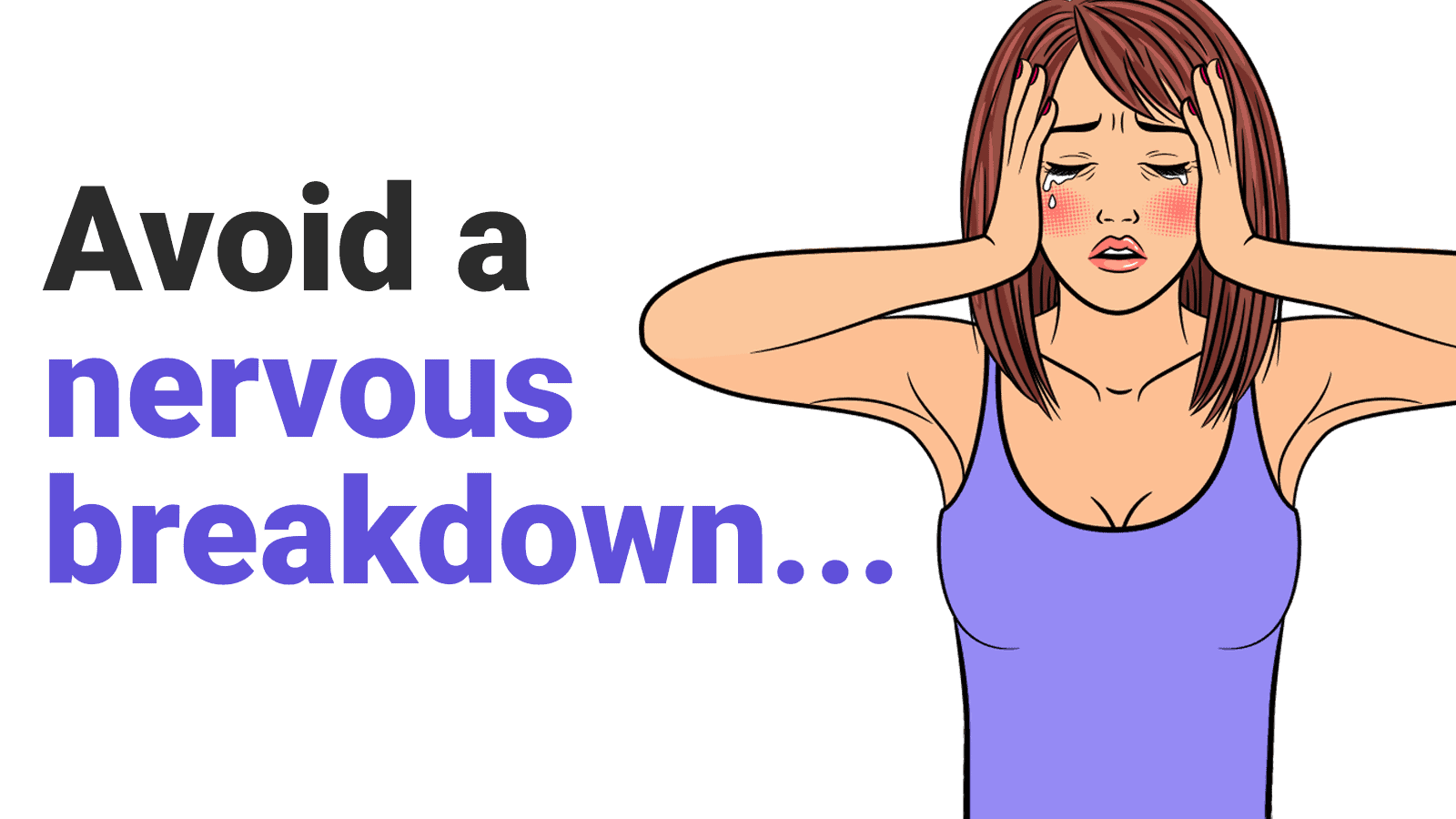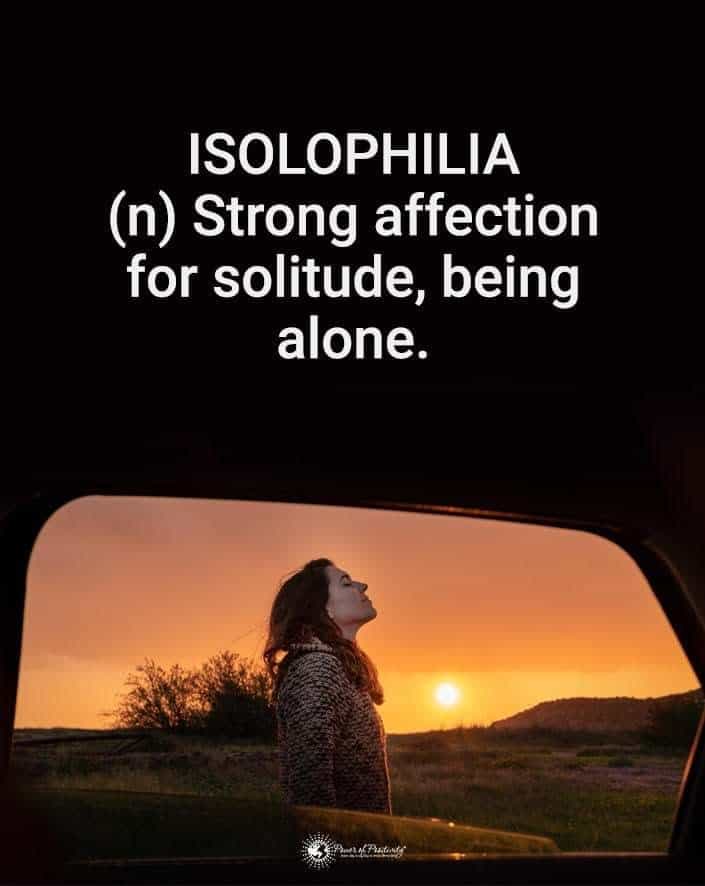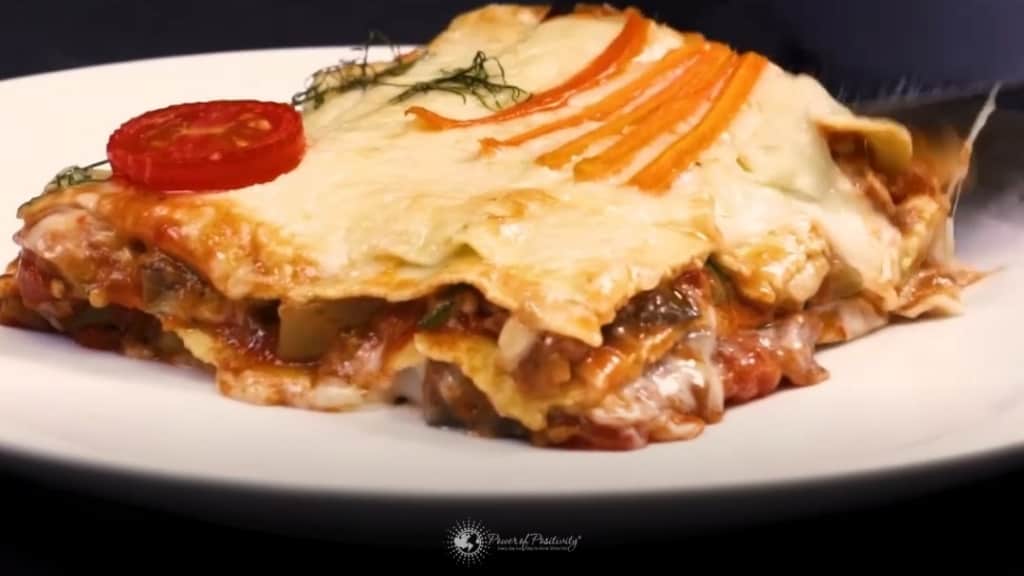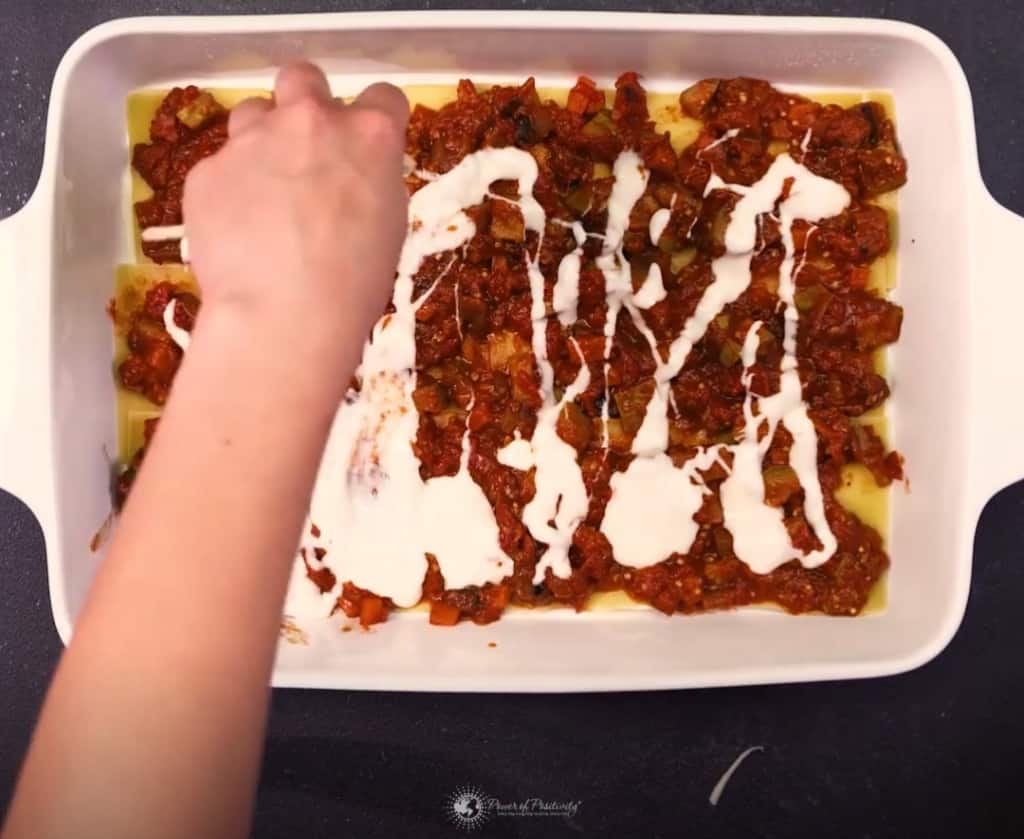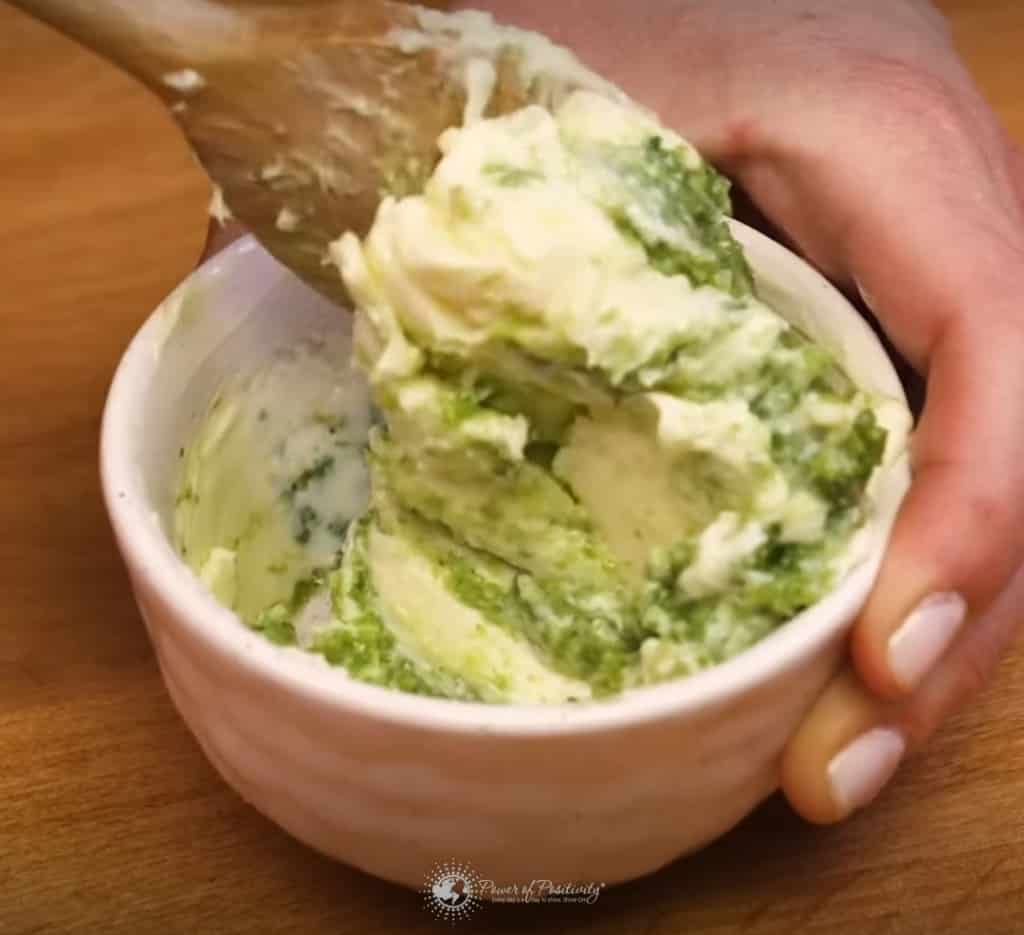Ekaterina Sky, a wildlife conservation artist, inspires people to reconnect with nature and animals through her work. Her love for animals led her to become vegan, and she uses art as a creative outlet to promote kindness to all life. On her Facebook page, she says that painting makes her feel alive and gives her a sense of purpose. The fact that her work carries such an important message for the planet makes her paintings even more beautiful and moving.
“I can feel the suffering of our planet and the pain that is being caused to animals,” she said. “My mission is to speak up for those who can’t.”
View this post on Instagram
How the talented artist developed her style
Ekaterina began her art journey at The School of Fine Arts in Yaroslavl, Russia. There, she completed a fine arts program, which gave her the background she needed to become a conservation artist. She also received a scholarship to The Art School of Museum of Tel-Aviv. There, she expanded upon her knowledge and skills, learning to create her own unique style.
In addition to her formal education, Ekaterina took it upon herself to experiment using different artistic mediums in her own time. After a while, she combined her love for animals and art to create the masterpieces we see today. She calls her murals the Animalize project, intending to connect viewers deeply with the animals through their eyes. On her website, she says, “To animalize means to arouse sensuality found in nature. By connecting with these animals, the viewer experiences something intimate and discovers a close affinity for them.”
Because we have focused on our daily lives and experiences, we have lost our connection to what lies beyond our concrete jungles. We have become disconnected from how our actions and choices affect the environment, animals, and ourselves. “Animalize reminds us of nature’s brimming beauty, presence, and need for care,” Ekaterina says.
She hopes that her paintings will encourage viewers to look deeply into their own lifestyles and question how they may harm animals. We can all make a difference if we look at ourselves as a small piece of a greater whole. If we choose to see our oneness with everything else, we can learn to live cohesively with our environment.
View this post on Instagram
What inspires the artist
She paints to encourage people to show more compassion and care for animals and raise awareness of wildlife conservation efforts’ importance. Ekaterina says that her art helped her through many challenges and ultimately led to her life purpose. As a child, her family moved to different countries often, so she had to learn to speak the language in each place. It took her about a year to be able to communicate with others after moving, she said.
The only thing that remained consistent in life was her art, so she used her natural talent to get her through the shock of moving so much. “Drawing and painting would be my way to express myself and communicate without any need of words.” She said that not being able to talk with other kids left her feeling very alone and isolated.
However, sitting down somewhere to draw or paint helped her find a sense of identity. She used her art to stay connected to herself and create her own little world. “It is inspiring for me to use my best language, which is art, to help others in need.”
She says that her deep compassion for other beings comes from the fact that they can’t tell us they need help. She still hears their cries, though, and helps them communicate through her murals and paintings.
View this post on Instagram
Ekaterina shares her talent on a world tour.
Recently, Ekaterina went on a tour to different countries worldwide, painting murals of various endangered species. With each mural, she made the audience could gaze directly into the animals’ eyes. This helps them connect more with the animal and perhaps help them realize our interconnectedness with them. “Each animal was colorful to highlight their uniqueness and individuality.”
Her main goal is to connect people with animals, even in the most crowded, urban places. We have greatly lost our connection to Mother Earth and all the creatures who inhabit it. Ekaterina’s work can help raise awareness that we all must coexist here. She says our urban lifestyles make us forget about all the endangered species we can help protect by making different choices.
Ekaterina’s final words on the joys of being an artist
“As I believe, we connect through our eyes, which are windows into our soul, and I believe that when we get to meet someone’s soul, we don’t have a heart to hurt them,” she said. Currently, she paints murals at animal sanctuaries and rescue centers, in high schools, and in visitor’s centers. She got to paint a piece for the Burning Man festival, choosing to paint primate’s eyes since they are closely related to humans. This piece gave her the confidence to start a world tour, as she had never painted a mural that size before.
View this post on Instagram
At the festival, she led an artist workshop on painting. She said it inspired her, even more, to see others getting in touch with their creative side. On her Patreon page, she says, “My 10-year goal is to paint 50 murals around the world and meet 100 new animal species. Each mural will be an opportunity to capture and share the story of an animal, the nature it lives in, and how they are affected by humans.”
If you’d like to purchase some of her prints or learn more about her mission as an artist, you can do so here.


